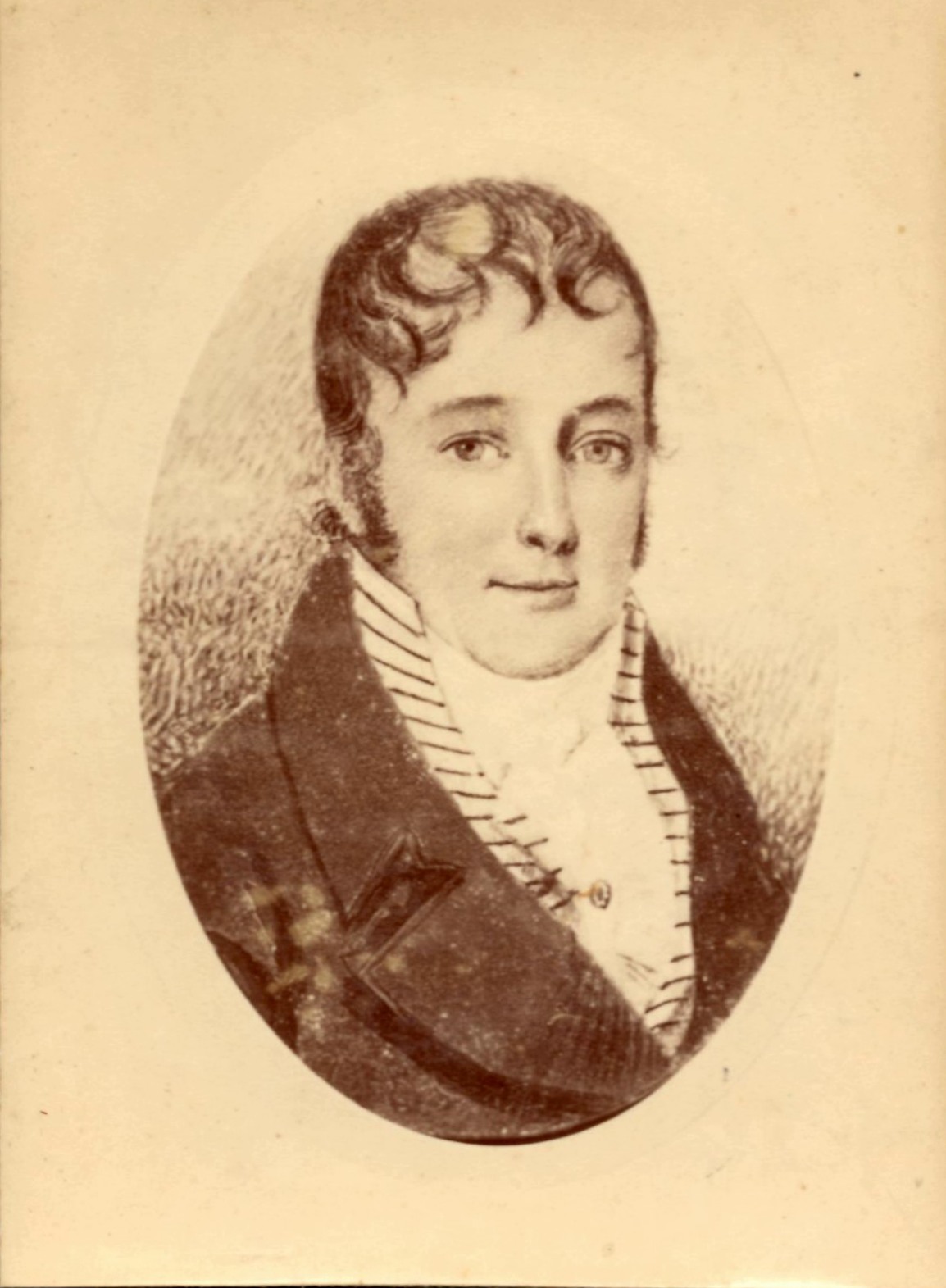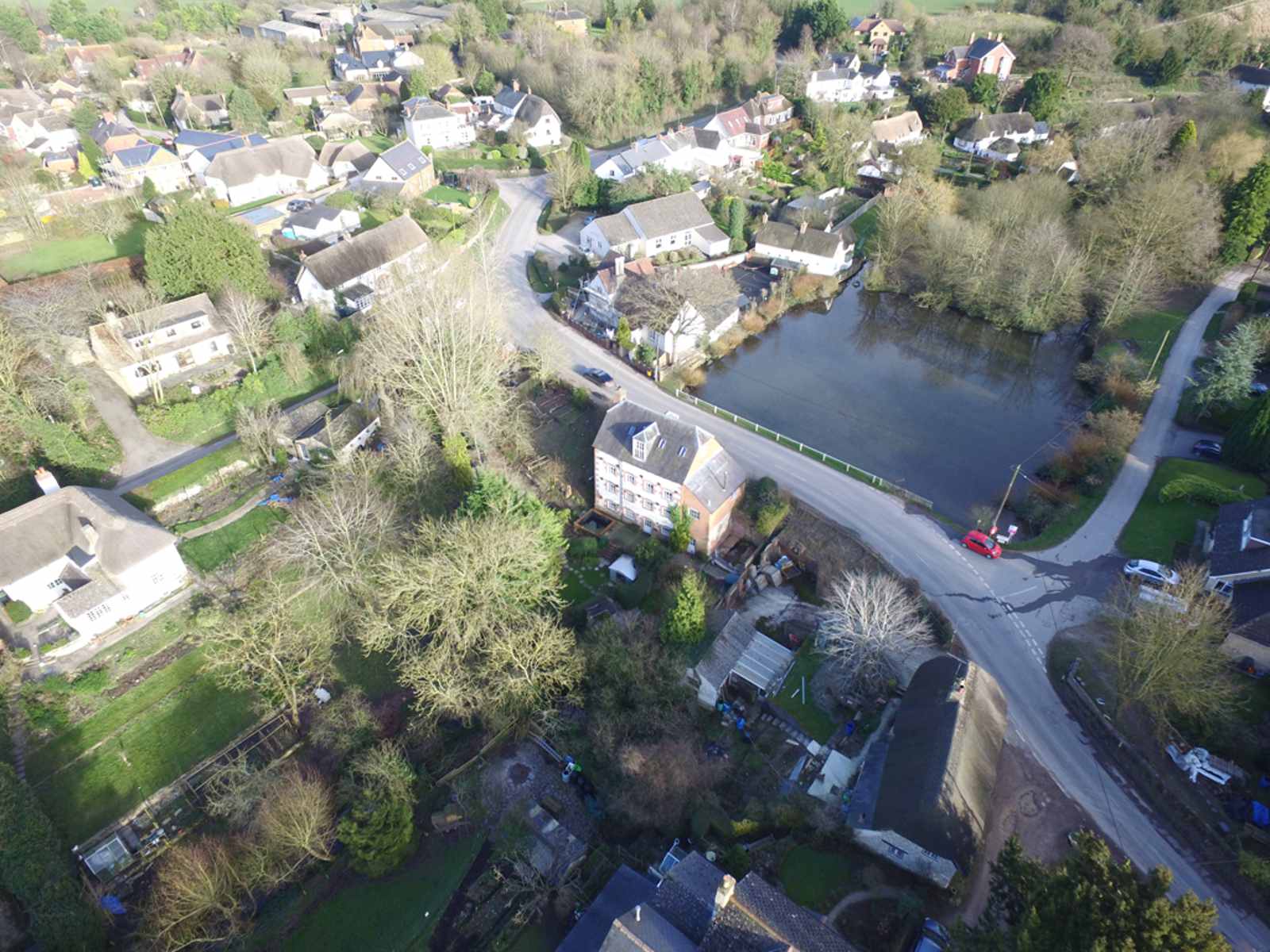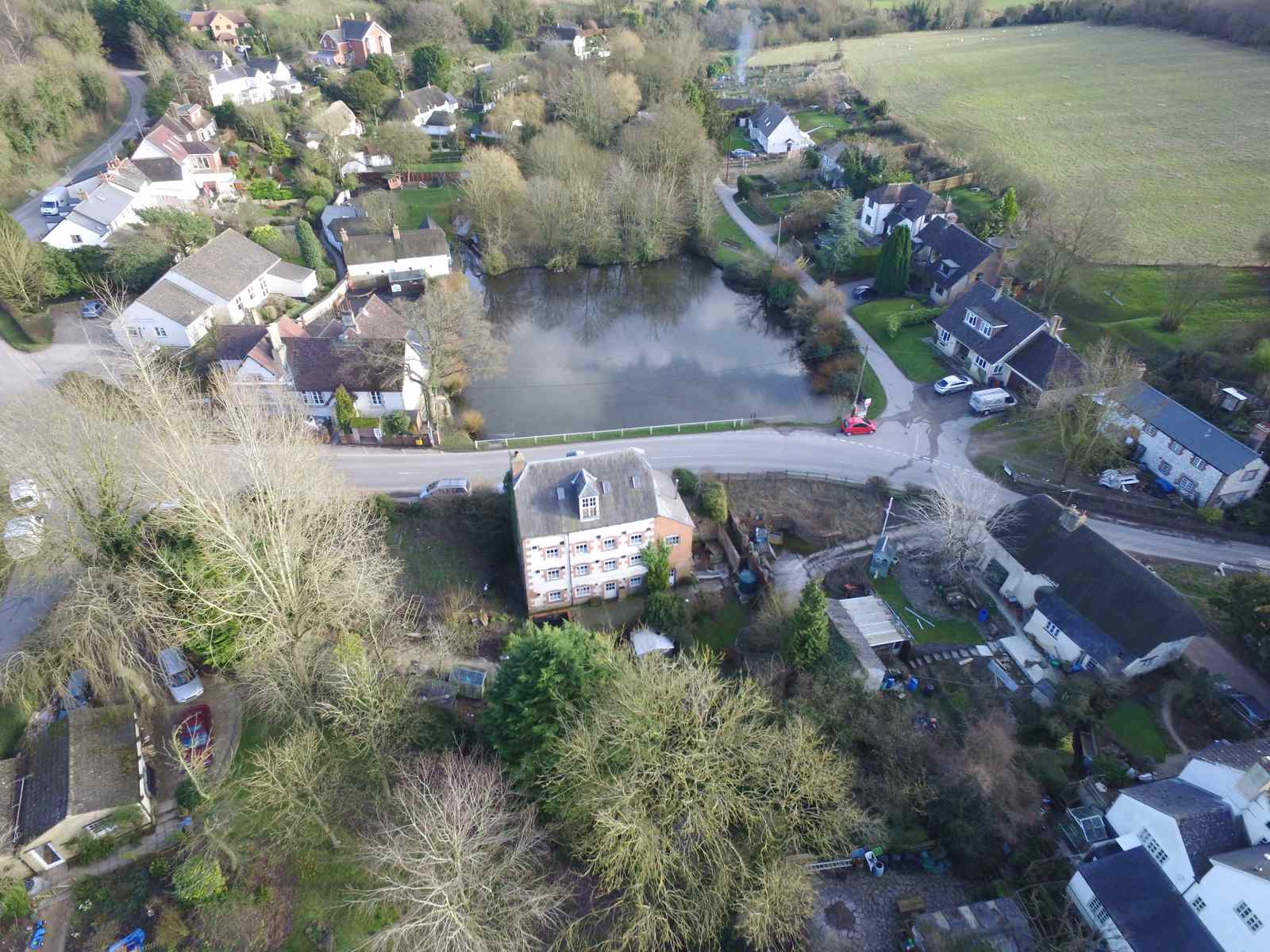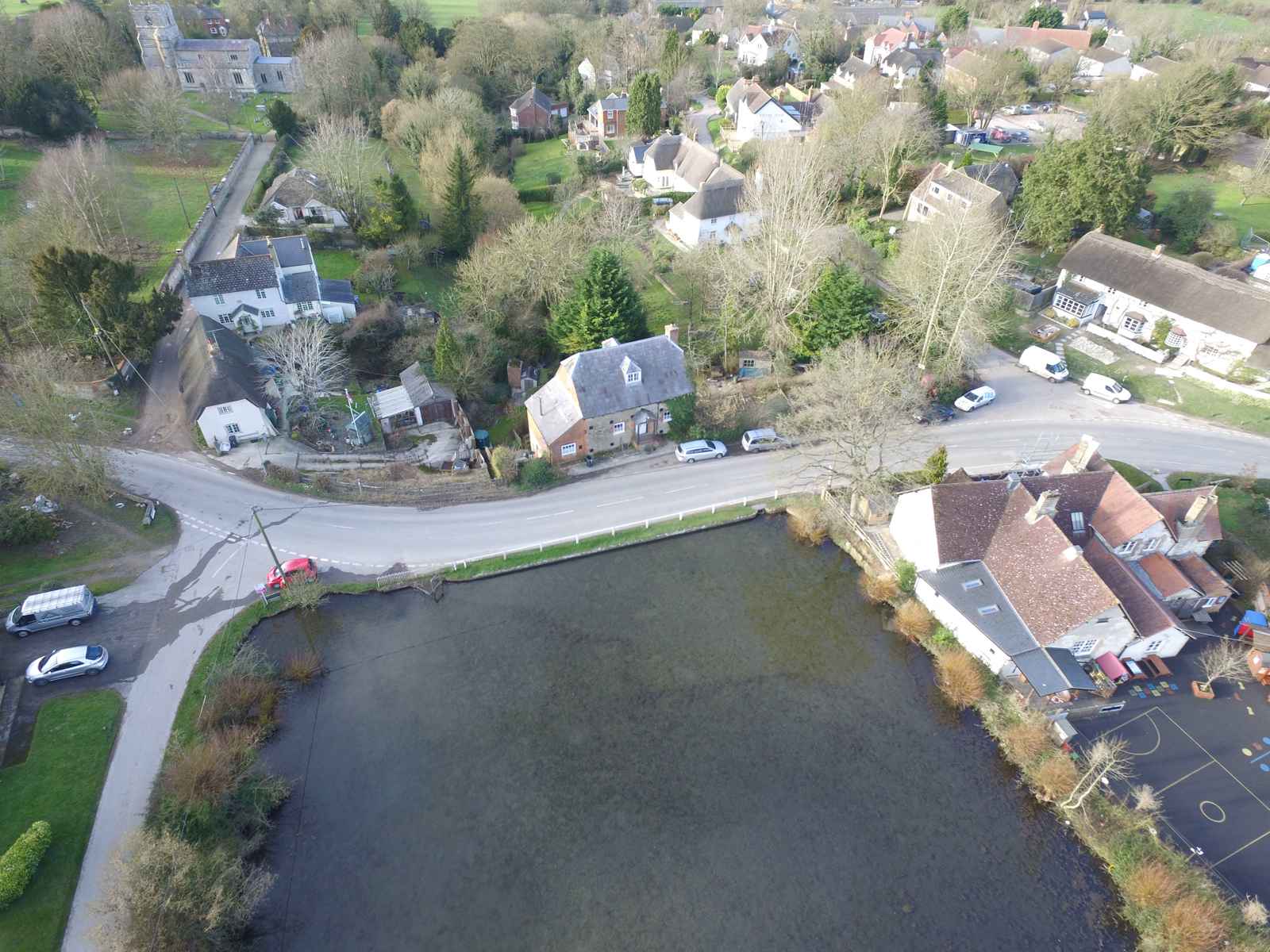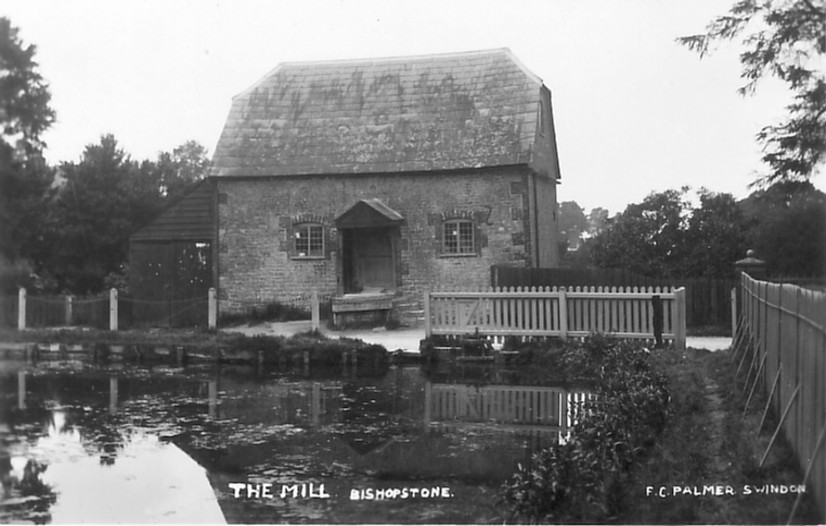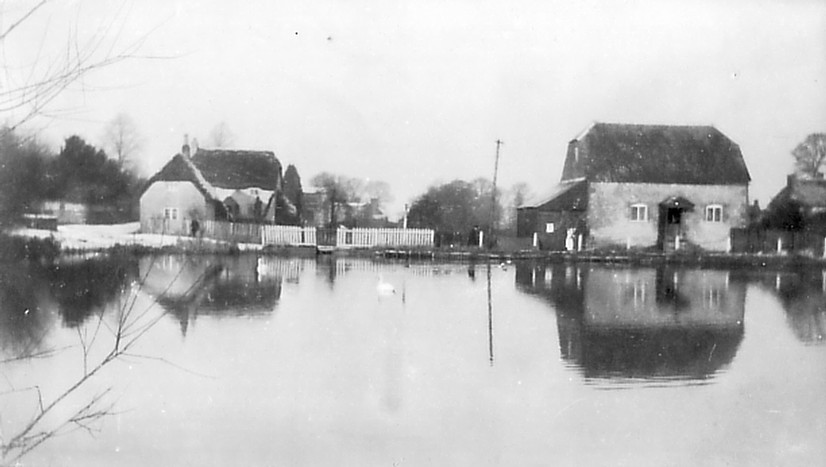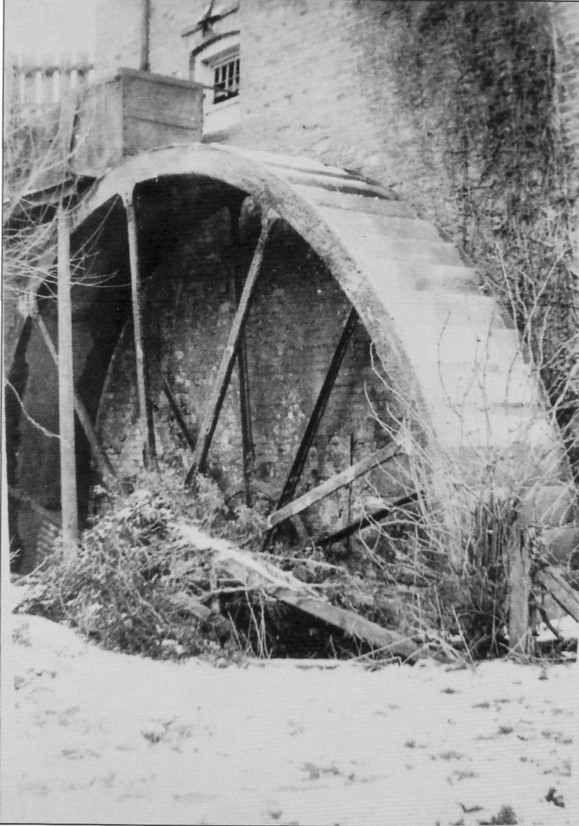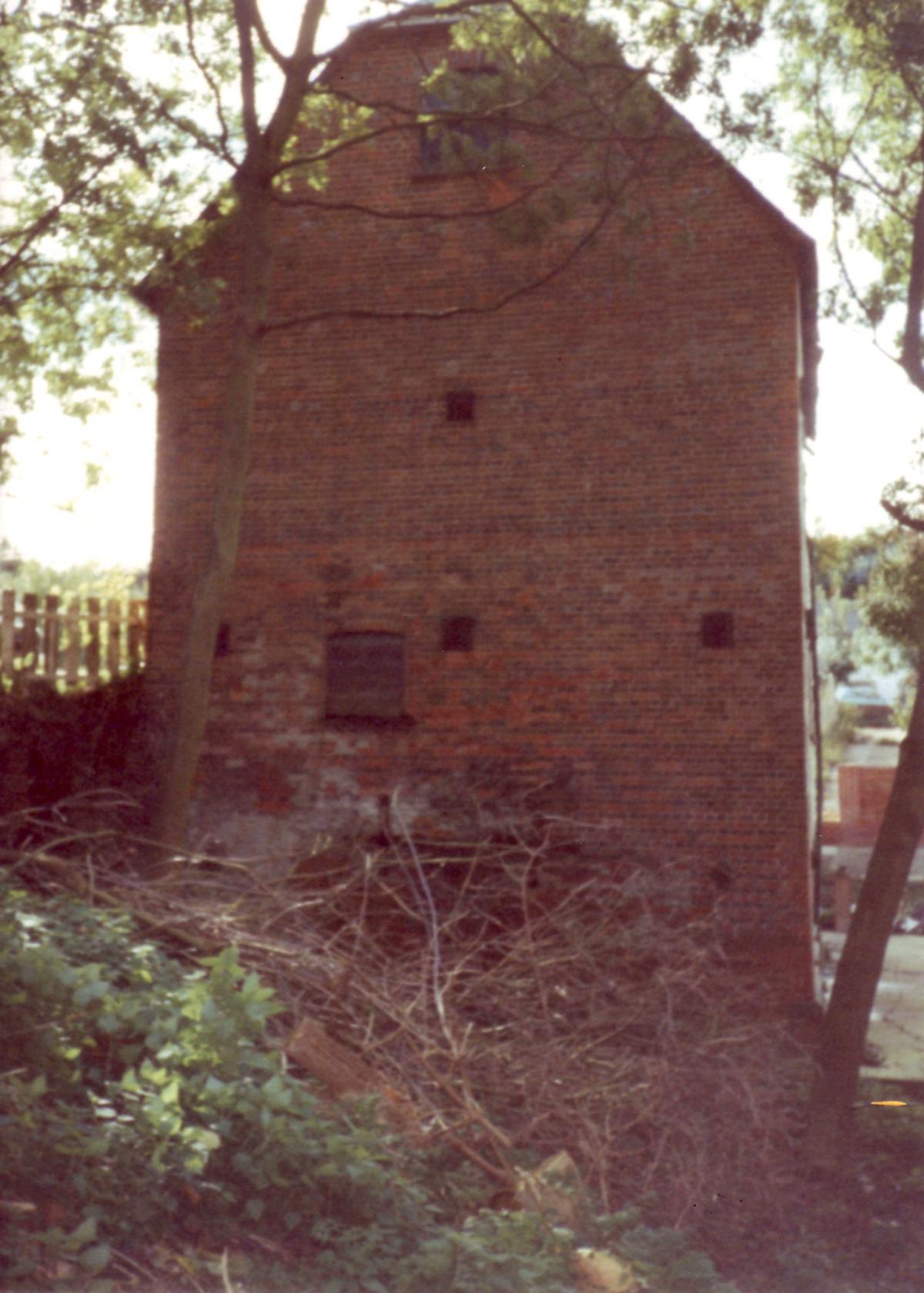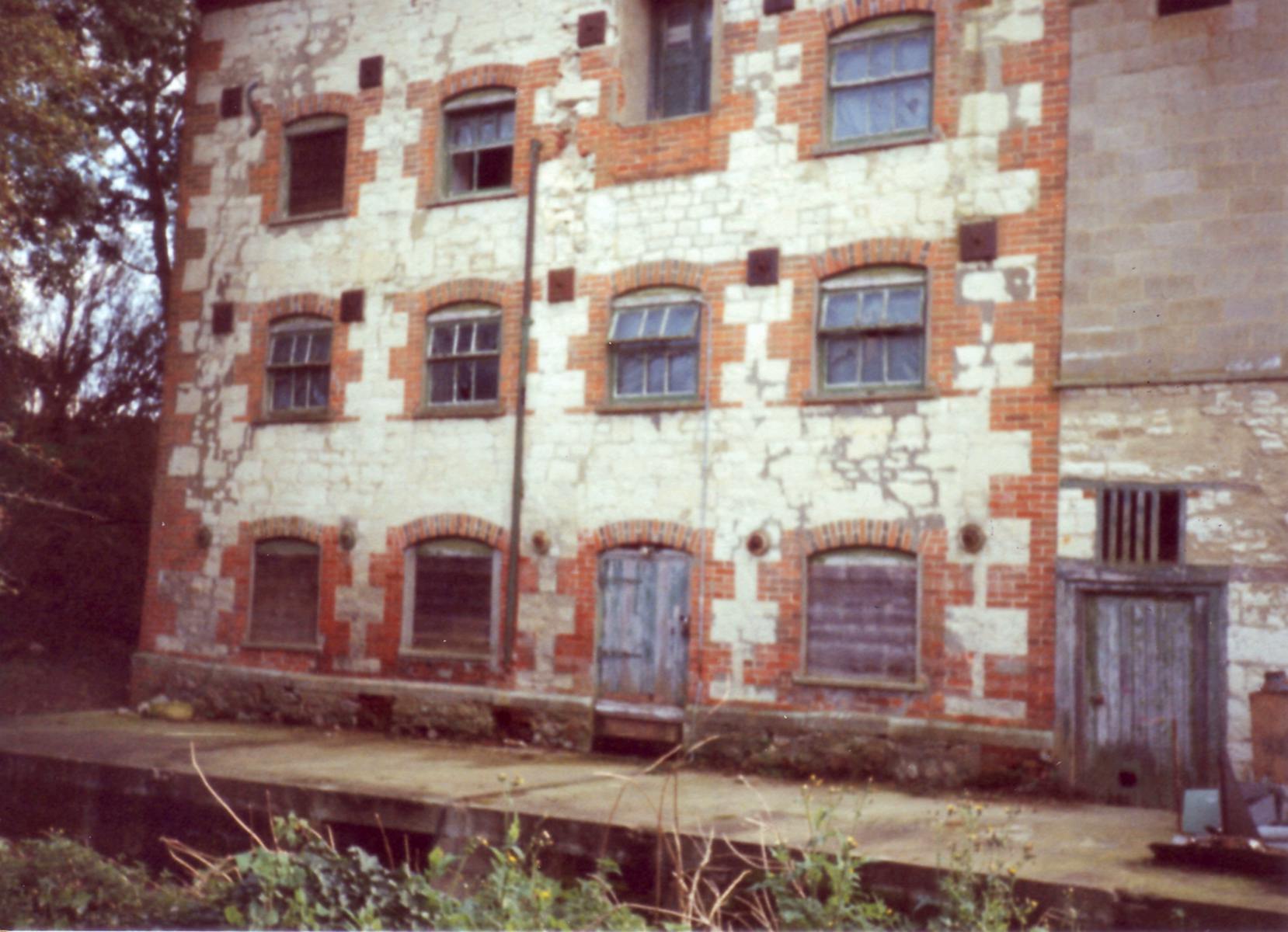Explore the catalogue
Catalogue
Bishopstone Mill (north Wiltshire)
This property forms the centre of the village with the building on the north side of the road and the pond that fed it on the south. It is perfectly located to harness the power of the water coming off the Downland behind. The mill house location takes advantage of a steep-sloping, ancient water course that carved itself into a valley, and allows gravity to exert its full force of water on to the wheel.
The Victoria County History notes that there was a mill at Bishopstone in the mid 13th century, and up to four in the following two centuries. The mill building that stood on the site in 1788 was said to have housed two grist mill stones. It was rebuilt by Peter Knight in 1818 and made larger in order to house three pairs of stones. Milling was thought to have come to an end between 1903 - 1907. Today it is a domestic residence.
We were contacted in May 2020 by Stephen Austin in Lancashire concerning Peter Knight who was his 3rd Great Grandfather. We have learned from newspaper research that Peter Knight was described as a Gentleman and he was still in Bishopstone in 1845, when his daughter married George Atherton of Wanborough. To be described as a Gentleman meant that he would not have carried out manual work, he was sufficiently wealthy. We are grateful to Stephen Austin for allowing us to use the picture of Peter Knight.
There being no miller listed on the 1911 census would seem to confirm that milling ceased at this site shortly after 1901.
- Year:2018
- Place:Bishopstone
- Ref:Online only
- Item Ref:N207
- Find it:Online only
Do you know?
We are always on the look-out for more information about Shrivenham and district. If you have old photos, know of historical facts, old documents (especially deeds) please contact us...
If you would like to view any item please email us to make an appointment, details on the Home page.

